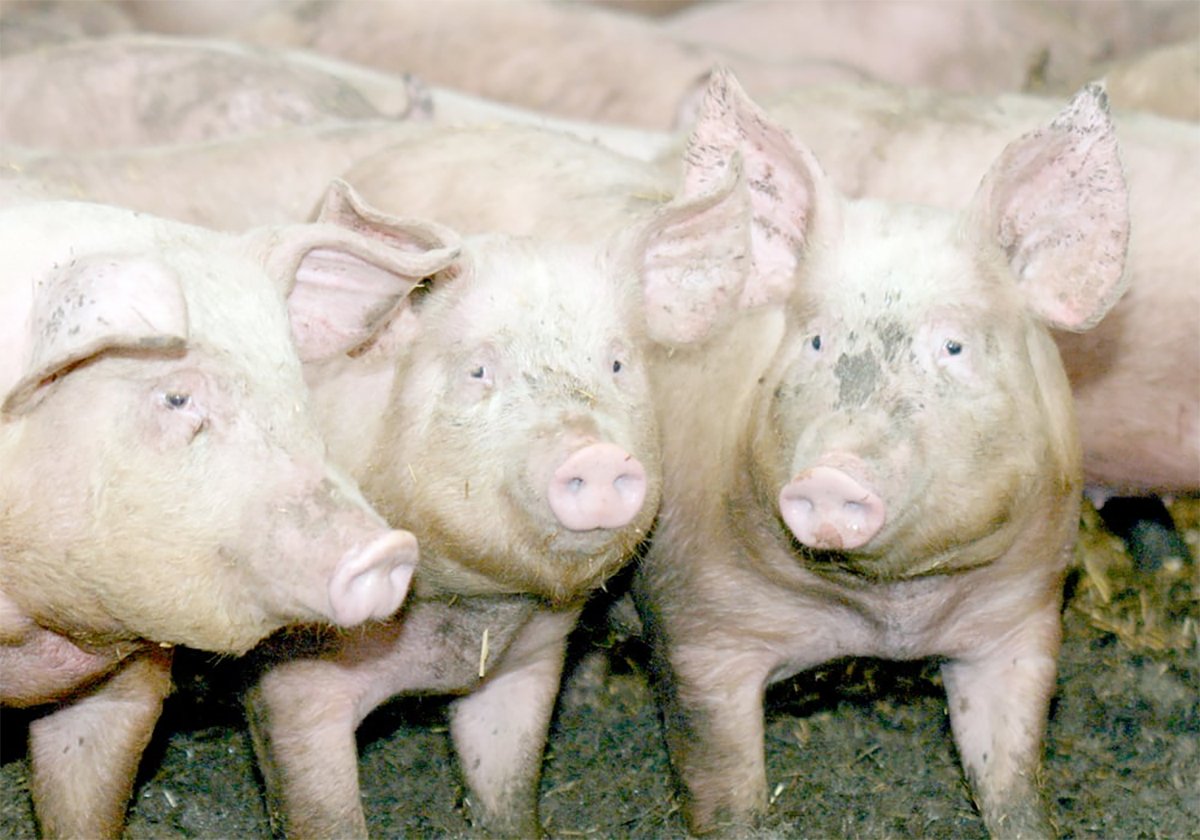Western Producer Calgary reporter Barbara Duckworth travelled to Denver, Colorado, for the International Livestock Congress and the National Western Stock Show to look at how issues there will affect Canadian producers.
U.S. beef producers remain frustrated over trade restrictions and their inability to develop a traceability system.
Officials from the United States Meat Export Federation, which promotes American beef and pork globally, estimate the industry is losing $50 million a week in lost sales, particularly in the higher value Asian markets where there is only partial access to Japan and South Korea.
Read Also

The Western Producer Livestock Report – November 13, 2025
Western Producer Livestock Report for November 13, 2025. See U.S. & Canadian hog prices, Canadian bison & lamb market data and sales insights.
“Before BSE, just under 60 percent of the value of our beef exports went to those two markets and we are not running on all cylinders there,” Joel Haggard of the export federation said during an international beef congress in Denver Jan. 15.
Japanese and South Korean restrictions are tight. Japan will accept only boneless product from animals younger than 21 months and South Korea has had continuing complaints about quality.
John Brook of the federation’s office in Brussels, Belgium, said BSE restrictions aren’t the only challenges facing the industry.
Europe is importing more beef, but the use of growth hormones in many feedlots is blocking the U.S. from that market.
“This is clearly a nonstarter for the EU consumers,” Brook said.
A World Trade Organization scientific report expected soon will likely rule beef from hormone-treated cattle is safe, he said.
However, the European Commission and consumer groups will insist that the meat be prominently labelled as beef containing hormones. Polls report about 80 percent of Europeans would refuse to buy it.
Full life traceability is another challenge.
All members of the European Union have complete and mandatory animal traceability that includes the mother’s data. Information is carried from the farm to the point of retail and if a health problem arises, traceback is completed within a few hours.
Following a number of food safety and animal health scares, Europeans now expect the same level of traceability among its suppliers.
Even though Europe had to import 550,000 tonnes of beef last year to make up for production shortfalls, high standards are still demanded.
Europe imported about 200,000 tonnes from Brazil but after seven veterinary inspections in the last three years, that is likely to end. The Brazilians were unable to comply with European traceability standards and only about 1,000 ranches are now eligible to export there as compared to 6,500 that did so last year.
Brook argued Europe needs to do business with the U.S. but considerable work remains.
The Europeans admit U.S. beef is a desirable product but claim it is too expensive. They also want assurances about animal welfare and environmental care considerations.
Mexico remains a good market, buying 269,000 tonnes of American beef and 33,771 tonnes from Canada in 2007. It also imports from Central America, New Zealand and Australia.
“Mexico will buy everything from the head to the tail,” said Homero Recio, whose company, Agri-West International Inc. in San Antonio, Texas, does considerable wholesale business with Mexico.
It has 106 million people and the population is expected to swell to 130 million by 2025.
Mexico is a large beef producing nation with about 30 million head of cattle. At least 94 percent of beef is fed grain before going to slaughter.
Recio predicted Mexico will need almost two million tonnes of beef by 2025. Its production is now 1.5 million tonnes and he wonders who will produce the extra meat, considering demand is up all over the world.
Mexico also exports live cattle to the U.S., shipping about 1.5 million feeders to the U.S. last year, which is equal to 225,000 tonnes of beef.
“As long as there are high U.S. calf prices they will export feeder cattle,” he said.
A greater challenge for beef producers is the continuing popularity of chicken.
Mexicans eat, on a per capita basis, 25 kilograms of chicken compared to 17 kg of beef and 12 kg of pork each year. In 1994 the price of poultry was 74 percent of beef. Now it is 55 percent the cost of beef.















